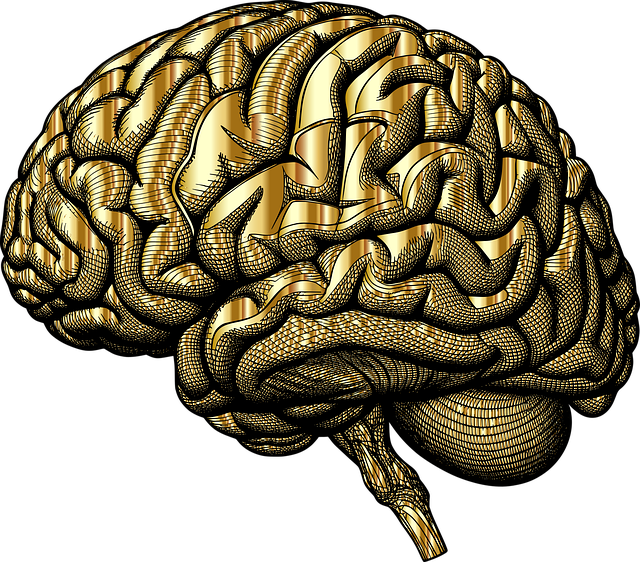Mental health policies significantly impact children and adolescents' well-being, with a growing focus on access to therapy in the US due to increased awareness of youth mental health issues. Innovative approaches like integrating American Sign Language (ASL) into education programs address communication barriers for deaf or hard-of-hearing children, enhancing their access to care and fostering inclusivity. Tailored methods like play and art therapy create safe spaces for all children to express themselves and develop coping mechanisms. By advocating for policies supporting early intervention and tailored services, we can ensure mental health services are accessible and effective, including for those who use ASL.
Mental health policy analysis and advocacy are crucial for ensuring equitable access to quality care, particularly for children. This article explores key components of mental health policy and its profound impact on young minds. We delve into the effectiveness of therapy in addressing childhood mental health issues, highlighting the unique benefits of American Sign Language (ASL) as a powerful tool for advocacy and communication. Additionally, practical strategies for effective mental health policy analysis and advocacy are provided to empower stakeholders.
- Understanding Mental Health Policy and Its Impact on Children
- The Role of Therapy in Addressing Childhood Mental Health
- American Sign Language (ASL) as a Tool for Advocacy
- Strategies for Effective Mental Health Policy Analysis and Advocacy
Understanding Mental Health Policy and Its Impact on Children

Mental health policies play a pivotal role in shaping the well-being of children and adolescents. In the United States, access to therapy for children has been a growing focus due to increasing awareness about mental health issues among youth. Effective policies advocate for early intervention and prevention strategies, such as Depression Prevention initiatives and Confidence Boosting programs, ensuring that children receive timely support.
Integrating American Sign Language (ASL) into Mental Health Education Programs Design is another innovative approach gaining traction. This method addresses the communication barriers many deaf or hard-of-hearing children face when seeking therapy, enhancing their access to care and fostering a more inclusive environment. By focusing on policy advocacy, we can ensure that mental health services are not only accessible but also tailored to meet the unique needs of all children.
The Role of Therapy in Addressing Childhood Mental Health

In addressing childhood mental health, therapy plays a pivotal role in early intervention and prevention strategies. Many mental health challenges in adulthood can be traced back to issues that arise during childhood, making timely and effective therapy crucial. Therapy for children, often tailored through methods like play therapy or art therapy, offers a safe space for young individuals to express themselves, process emotions, and develop coping mechanisms. Incorporating American Sign Language (ASL) into therapeutic practices further enhances accessibility for deaf and hard-of-hearing children, ensuring they receive the same level of care as their hearing peers.
Beyond individual therapy sessions, Mental Wellness Journaling Exercise Guidance can equip both children and their caregivers with tools to monitor and manage mental health proactively. Additionally, integrating Mental Wellness into school curricula and communities fosters a culture of support and understanding, while Healthcare Provider Cultural Competency Training is essential for ensuring that all interactions with vulnerable youth are sensitive and effective. These multifaceted approaches work together to not only address immediate mental health concerns but also to build resilience and promote long-term mental wellness.
American Sign Language (ASL) as a Tool for Advocacy

In the realm of mental health policy analysis and advocacy, American Sign Language (ASL) emerges as a powerful tool to bridge the communication gap for deaf and hard-of-hearing children. By integrating ASL into therapy sessions, professionals can create more inclusive and effective support systems. This approach not only enhances access to care but also fosters the development of coping skills essential for mental well-being. For instance, teaching children sign language allows them to express their emotions and needs, facilitating a stronger therapeutic alliance with practitioners.
Moreover, ASL can play a pivotal role in burnout prevention among mental health professionals who specialize in working with deaf populations. By utilizing this visual communication method, practitioners can reduce the cognitive load associated with spoken language translation, thereby minimizing professional stress. Embracing Mind Over Matter principles through ASL encourages both therapists and clients to focus on non-verbal cues and gestures, potentially leading to deeper insights and more meaningful interactions.
Strategies for Effective Mental Health Policy Analysis and Advocacy

Mental health policy analysis and advocacy require a multifaceted approach to ensure effective change. One key strategy involves examining existing policies through a lens of cultural sensitivity in mental healthcare practice. This includes understanding the diverse needs of various communities, especially when considering issues like therapy for children. By incorporating American Sign Language (ASL) as a therapeutic tool, for instance, professionals can improve access and outcomes for deaf youth. Such an approach not only promotes mental wellness but also ensures equitable care.
Additionally, crisis intervention guidance should be integrated into policy frameworks. This involves training professionals to recognize and respond promptly to mental health crises, especially in high-risk populations. By implementing evidence-based strategies, policies can be designed to provide timely support, prevent escalation, and improve long-term mental health outcomes. Effective advocacy also includes leveraging research data, collaborating with stakeholders, and utilizing communication channels to raise awareness about the importance of mental healthcare accessibility and quality.
Mental health policy analysis and advocacy are vital components in ensuring access to quality therapy for children. By understanding the impact of mental health policies on young individuals, we can effectively utilize tools like American Sign Language (ASL) for inclusive communication and advocacy. Through strategic analysis and diverse approaches, including the role of therapy, we can navigate and shape policies that prioritize childhood mental well-being, ultimately fostering healthier communities.











